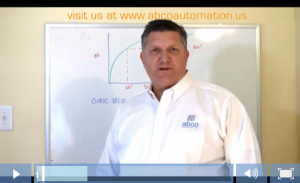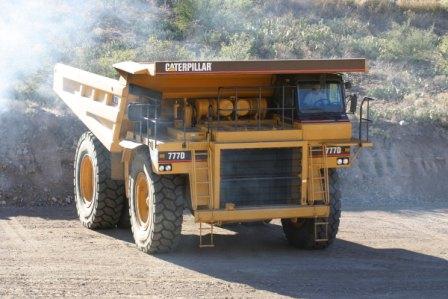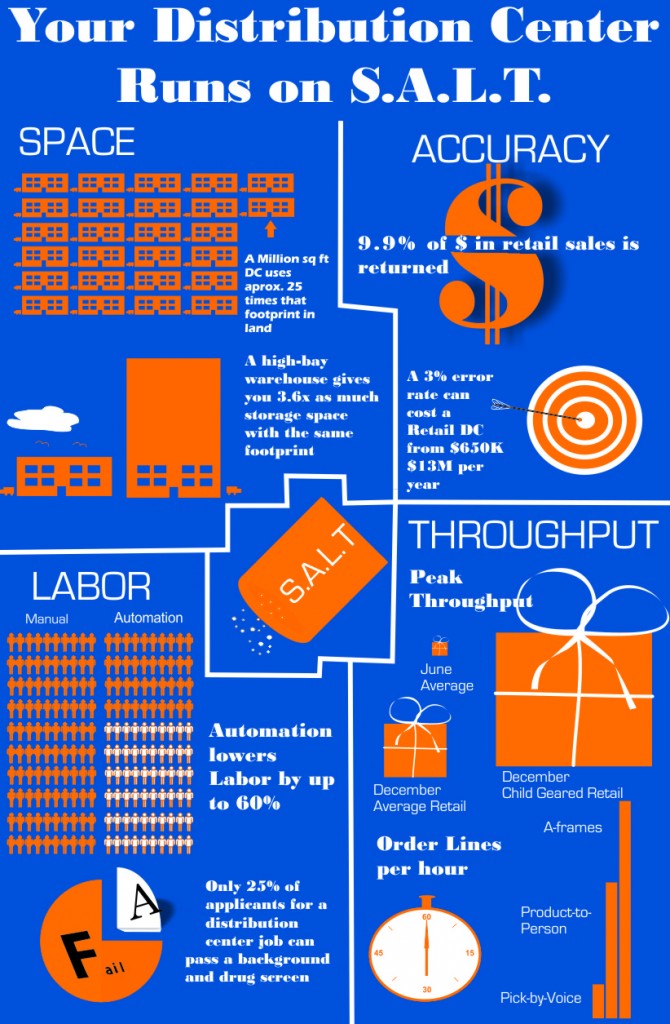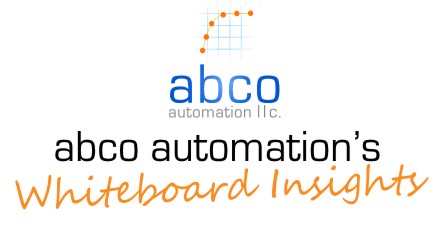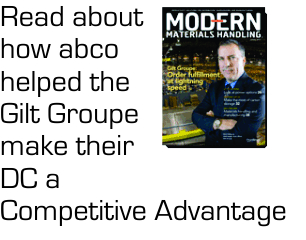When you cut your hand, you know quickly. The human nervous system is a quick responder. However, outside an open artery it can be more difficult to spot “pain” or inefficiencies.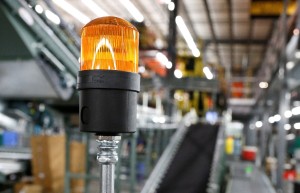
This is more true in as complex a place as your distribution center. Something that worked four years ago or as a temporary solution becomes ingrained in day-to-day process sapping time and energy.
Here are my recommendations to recognize your order fulfillment pain.
Fresh Look: Have someone outside the company look at your distribution center with you. A set of fresh eyes can give you perspective, and even better if it is someone outside the organization. They can give a more honest opinion, without feeling the pressure of upsetting the apple cart. Note: If there are apple cart’s in your distribution center you should probably move them.
Talk to different levels: Do you think the VP of Supply Chain and a warehouse manager might have a different perspective on problems in your distribution center? Some details that are mere annoyances for one might be a nightmare for the other. Looking at things from another’s viewpoint might help you recognize something that you have been glossing over.
Get on the Ground: Don’t rely on reports from others. They might not see a problem or even could have a vested interest in keeping things the way they are. Talk to the associates there. See what they are doing and ensure that you talk to associates and managers on different shifts and different sites and as mentioned previously talking to different levels helps immeasurably.
Use the Results: If you don’t apply what you have learned you just wasted your time. From all the research you should have a good idea of the problems and how you can start to address them.
Those are my thoughts on how to recognize distribution center pain. If you have any thoughts or comments please let me know. Want some help spotting pain in your distribution center? Schedule a time to talk to abco automation today!

